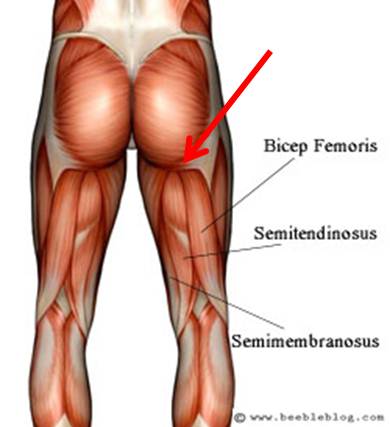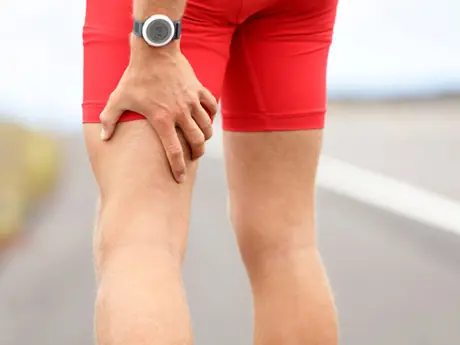What Is It?
The hamstrings are a group of muscles that run from your tibia and fibula (behind the knee) up your leg to the ischial tuberosity under your buttocks (your sitting bone). They are comprised of: Semitendinosus, semimembranosus and biceps femoris. Their action is to flex/bend the knee, extend the hip and they have quite a role in controlling the leg in the swing phase of running.

These muscles are attached to the bones via tendons. Tendinopathy is a failed healing response of a tendon that has become degenerative and consequently will produce pain in the affected area. As tendons have a poor blood supply, healing and recovery can be slow and these types of injuries have a tendency to niggle for months unless assessed and treated correctly.
How Does It Happen? How Will I Know?
The classic presentation is one of increasing pain at the site of the affected tendon, often related to a change in volume of running. That can be increasing your volume while training for a race or after an extended period of rest and trying to start back your training at a similar level without consideration that your muscles have adapted to not training for the previous weeks or months. Muscle weakness in the hamstrings, and hip stabilisers can often be a catalyst for these types of injuries, but it is also important to note that this pain can be referred from the lumbar spine, sciatic nerve, hip or even result from poor foot biomechanics.
In very early tendinopathy, pain may be present at the beginning of an activity and then disappear during the activity itself, only to reappear when cooling down if the activity is prolonged, or to be more severe on subsequent attempts to be active. In the later stages it will generally present as dull ache that doesn’t stop you from training but isn’t resolving. The pain can be over the affected tendon. It could feel like a deep ache in the buttock. Often sitting for extended periods will reproduce that same buttock pain. This tendinopathy can also occur at the other end of the muscle behind the knee and will have a very similar presentation.
How Can Get Active Physiotherapy Help You?
- Thorough assessment of your Lumbar spine and hip
- Muscle strength tests to establish any deficits in the contributing muscle groups
- Manual therapy involving joint mobilisations and trigger point release to allow normal joint movement
- Soft tissue massage to the symptomatic muscles to relieve muscle tension
- Rehabilitation exercises based on the latest research and evidence base to guide you back into your chosen activity
- Gait Scan to assess dynamic foot control and measure whether or not orthotics will aid in reducing abnormal loading forces with walking or running
If you have any questions or would like to book in to see one of our physiotherapists, please do not hesitate to contact Get Active on 1300 8 9 10 11 or email us at admin@getactivephysio.com.au



